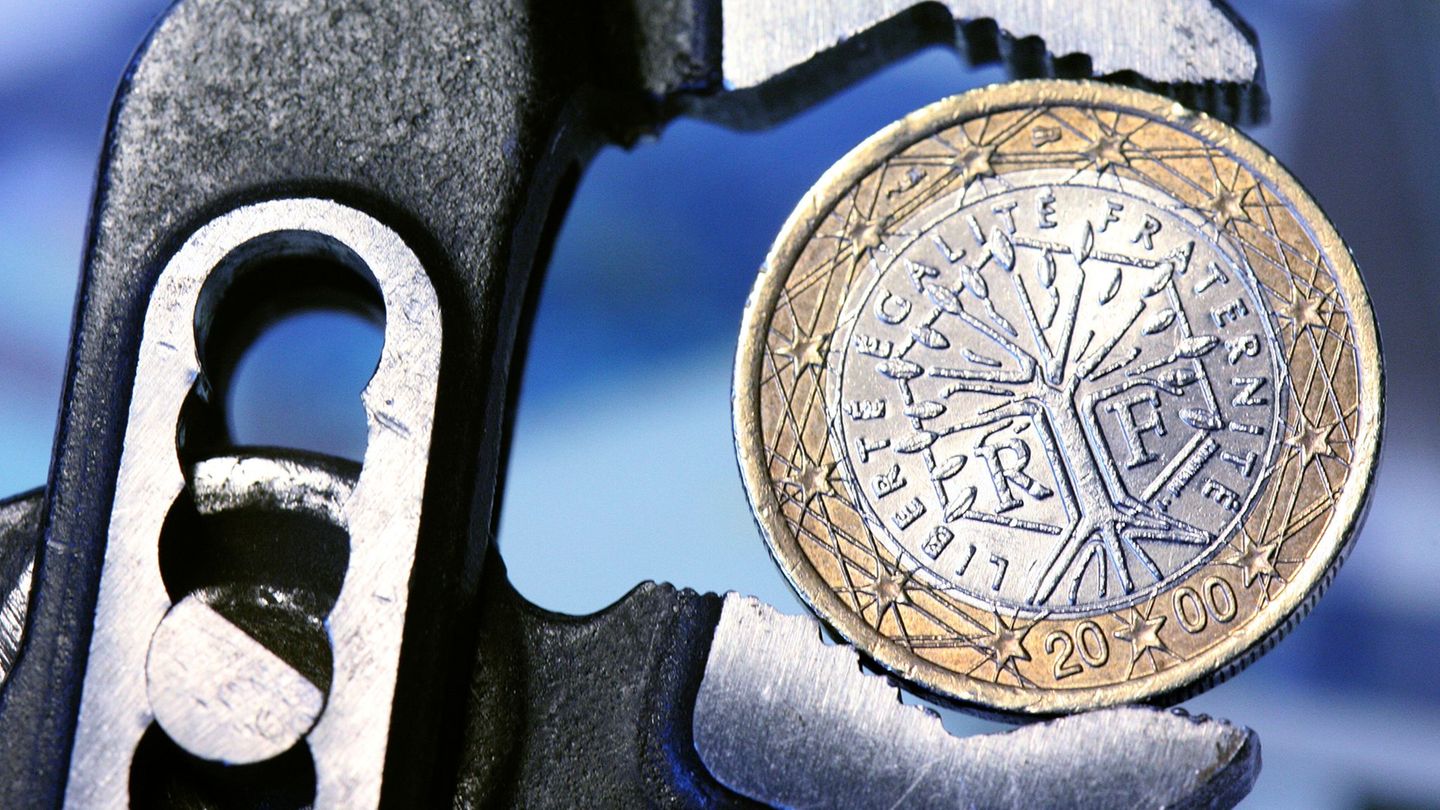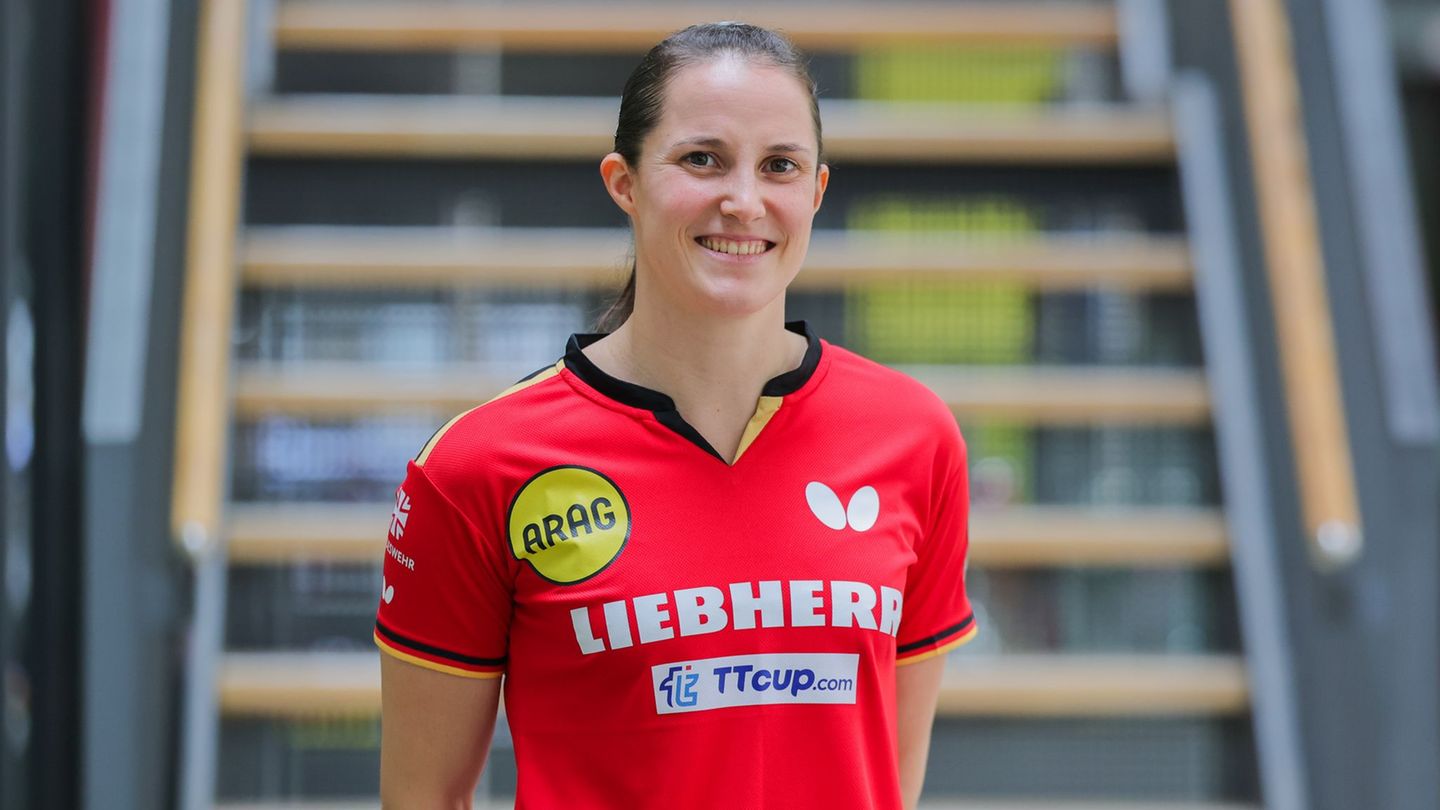The proportion of prefabricated residential buildings is increasing. However, prefabricated construction is also feeling the effects of the downturn.
The downturn in construction is also affecting suppliers of prefabricated houses. However, the decline was smaller last year than for conventional new buildings, according to the Federal Statistical Office. According to the report, around 19,900 residential buildings were built using prefabricated construction, 2.5 percent fewer than in the previous year. The construction of new residential buildings using conventional construction fell more sharply by 7.5 percent to 76,900 units. Overall, 20.6 percent of the residential buildings completed last year were prefabricated houses from the factory (2022: 19.7 percent).
The decline in prefabricated construction is mainly due to fewer single-family homes, the number of which fell by 4.1 percent to 16,900 buildings. In contrast, there was an increase of 6.0 percent to 2,300 houses in two-family prefabricated houses. The number of buildings with at least three apartments rose by 12.0 percent to 790.
Increased interest rates and construction costs are thwarting some construction plans. Added to this is the shortage of skilled workers in the construction industry. Last year, construction prices for single-family prefabricated houses rose by 8.1 percent compared to the annual average in 2022. Residential buildings of conventional construction became 8.5 percent more expensive.
Source: Stern




